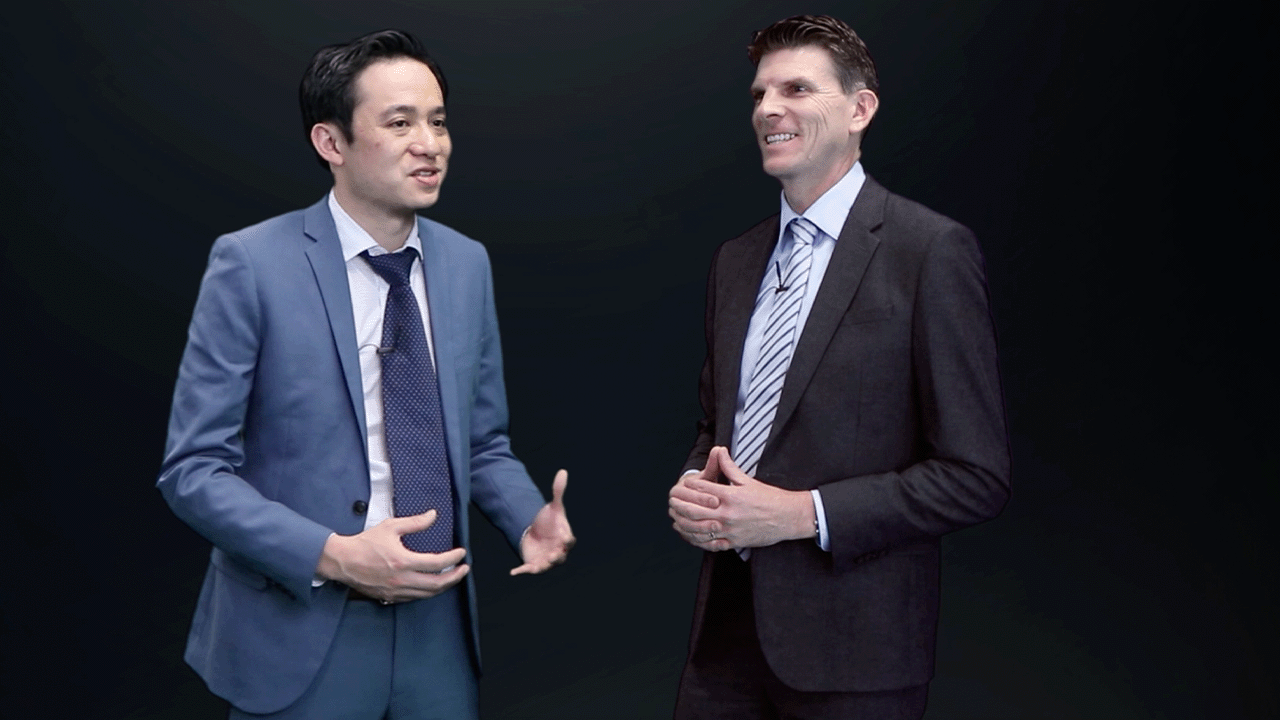Feb 2024 Round Up - what's up with ATO debt recovery?
The latest on the ATO's stance on 'on hold' debts, the final position on home charging expenses for electric vehicles, and the decision impact statement following the taxpayer's win in the Wood's case.
Change is a constant for the profession. The Knowledge Shop membership can help you and your team keep ahead of change with an advisers' help desk, workpaper knowledge base, quarterly PD, and more - wherever you are and however you are working. Book in a time for a tour or call the Knowledge Shop team on 1300 378 950.
Inside this month Michael Carruthers (Tax Director), Matthew Tse (Tax Adviser) and Lisa Armstrong (MD) bring you:
--
What now for ATO debts on hold?
Reference: Statement on debts on hold program
The ATO is pausing the collection of older debts that have been placed 'on hold'.
As background, some clients and practitioners may have previously received letters in connection with the ATO’s approach to collecting debts that have been placed on hold.
The ATO has stated it won’t actively seek to collect these debts. However, if a client becomes entitled to any refunds or credits (for example, upon lodging their BAS or tax return), these will normally be used to pay down these outstanding liabilities, even if they have been placed on hold.
Debts placed on hold won’t show up as an outstanding balance on the client’s account. One of the issues is that some affected clients weren’t aware of these tax liabilities (especially for debts that were raised many years ago).
The ATO has received some feedback from the community outlining their concerns in response to issuing these letters.
As a result, the ATO is now pausing action to recover or offset refunds against debts that were placed on hold prior to 2017. This is intended to be an interim measure while the ATO reviews its position and develops a solution.
However, it is important to be aware that this does not seem to apply to debts that were placed on hold on or after 2017. For practitioners with clients in this situation and especially if those clients are expecting tax refunds, it would be prudent to ensure those clients are made aware that their refunds can still be used offset these outstanding liabilities (even if they have been placed on hold).
--
Deductibility of settlement payments after employment ceases
Reference: Decision Impact Statement - Commissioner of Taxation v Wood
The ATO has issued a Decision Impact Statement in response to the Federal Court decision in Commissioner of Taxation v Wood [2023] FCA 574.
In this case, the taxpayer successfully argued that they should be entitled to claim a deduction under section 8-1 ITAA97 for a settlement payment made to end litigation arising after his employment arrangement had ended.
The facts of this case are summarised as follows:
- The taxpayer was employed by his company, with the company providing consultancy services to another business.
- After the consultancy arrangement had come to end, the other business alleged that the taxpayer had negotiated unauthorised transactions and commenced proceedings against the taxpayer for damages, including for misleading and deceptive conduct.
- The taxpayer separately threatened to initiate proceedings against the other business on the basis that its associates had made defamatory statements about the taxpayer to his new employer.
- A settlement was ultimately reached in relation to both matters.
- In relation to the proceedings against the taxpayer for allegedly negotiating unauthorised transactions, the parties entered into a settlement deed and the taxpayer agreed to pay $200,000 to the business without admission for liability.
- In relation to threatened defamation proceedings, the parties entered a deed of release with the business agreeing to pay $180,000 to the taxpayer and also agreeing to not publish allegations concerning the taxpayer’s character.
- While the settlement created mutual liabilities owed to each other by the two parties, the amounts owed under each deed were set-off with the taxpayer ultimately paying a net amount of $20,000 to the other business.
The key issue was whether the taxpayer was eligible to claim a deduction under the general deduction provisions in section 8-1 on the $200,000 settlement payment pertaining to the first matter (i.e., in relation to settling the allegations that the taxpayer negotiated unauthorised transactions while performing his role).
The ATO argued that a deduction was not available on the basis the settlement payment was not incurred in gaining or producing assessable income or alternatively, the settlement payment was capital in nature. However, the Federal Court disagreed with this.
First, the Federal Court found that the settlement payment was made to bring an end to litigation risk. This had a sufficient connection with the taxpayer’s earning of assessable income because this risk arose due to the taxpayer’s employment and arose due to his conduct as an employee. Also, the fact that the settlement payment was made years after the taxpayer’s employment ceased didn’t prevent a deduction from being available.
Second, the judge did not agree with the ATO’s argument that the settlement payment was capital in nature on the basis it was made to protect the taxpayer’s reputation and ability to derive income in the future.
In particular, the court made a distinction between the settlement deed and the deed of release. While the deed of release was aimed at ensuring no further allegations were published concerning the taxpayer’s character and protecting the taxpayer’s reputation, the settlement agreement was entered into for a different reason (i.e., to end litigation risk of alleged actions taken during the taxpayer’s employment).
Although the ATO in its decision impact statement accepts the outcome of the Federal Court decision, it also considers the decision has limited application beyond the particular facts of that case. Despite this, practitioners should be still aware that the mere fact that a payment is made after the relevant employment or other income producing activity has ceased doesn’t necessarily prevent a deduction from being available.
--
At home electricity costs when charging an EV
Reference: PCG 2024/2
The ATO has finalised PCG 2024/2 that provides a method for calculating the cost of electricity that is used in charging an electric vehicle at an individual’s home.
This method is aimed at individuals who incur work-related expenses relating to vehicles as well as employers with FBT obligations who might be faced with significant compliance challenges in determining the cost of home electricity charges. The issue is that it is often difficult to separately segregate the electricity used in charging an electric vehicle from other household use.
In many respects, the final PCG is consistent with the draft version. If the employer or individual is able to satisfy some basic eligibility conditions and record keeping requirements, they can choose to calculate the electricity costs associated with charging an electric vehicle at a residential home by multiplying the total number of relevant kilometres travelled by the vehicle in the FBT year or income year by the EV home charging rate.
Consistent with the draft, the home charging rate is still initially set at 4.20 cents per kilometre.
The guideline will still apply from:
- For FBT purposes, from 1 April 2022;
- For income tax purposes, from 1 July 2022.
It is not possible to use the guideline if the vehicle is a plug-in hybrid vehicle that has an internal combustion engine.
Where the vehicle is also charged at a commercial charging station, the draft PCG originally required clients to choose either the home charging rate (but only if the costs of a commercial charging station are ignored) or include commercial charging station costs (but this meant the client could not use the home charging rate).
However, the final version of the PCG is more flexible. If the vehicle has a function that allows it to determine the total charge based on location, clients can now use the home charging rate while also separately taking into account the additional costs of the commercial charging station.
Share this
You May Also Like
These Related Stories

March 2024 Round Up - ATO wielding Part IVA against professional practices

Nov 2022 Round Up - The new fixed rate work from home deduction


No Comments Yet
Let us know what you think